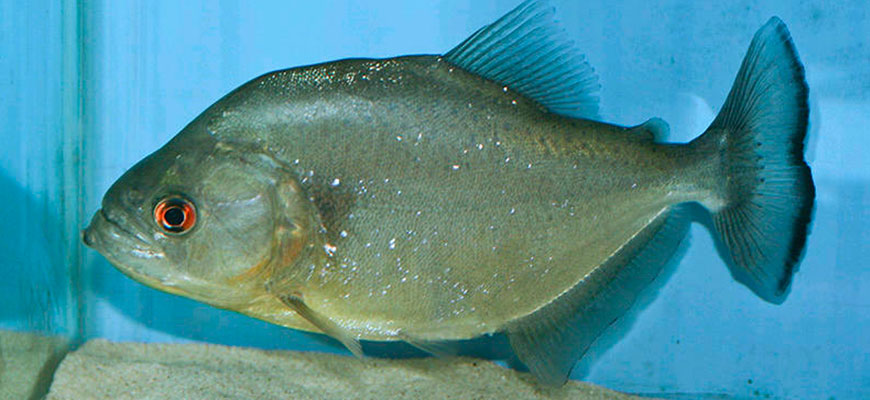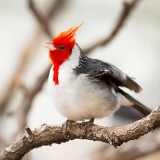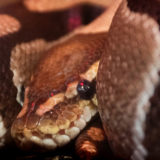RANGE
Amazon and Orinoco regions of South America.
HABITAT
Various bodies of water including: large rivers, streams, lagoons, ponds, lakes and reservoirs.
SIZE
Length: Up to 14 inches.
LIFE EXPECTANCY
Wild: Unknown.
Captivity: Up to 19 years.
REPRODUCTION
- Breed during the rainy season.
- Both males and females exhibit mating coloration (usually black with gold or purple flecks) during breeding season.
- Males may guard the egg mass until it hatches.
DIET
Wild: Fish, dead animals, crustaceans, plants, seeds, fruit, small mammals, insects.
Zoo: Fish, shrimp, scallops and pellet diet
BEHAVIOR
- Mainly diurnal.
- Young piranhas hide among the stems and roots of water plants.
- During the dry season, adult piranhas “disappear” from many of the smaller waterways. It is believed they head to deeper water until the rainy season returns.
- As streams and ponds dry up, smaller piranhas are forced into tight quarters with one another. Here they may attack each other.
- Piranhas are attracted to the smell of blood and frantic splashing like that of an injured animal.
- Piranhas in large groups may leap into the air during feeding.
STATUS
Common, but may be threatened by the destruction of the rain forest.
POINTS OF INTEREST
- Piranhas will stay in groups of like size individuals to avoid being attacked/eaten by the larger fish.
- Piranha upper and lower jaws fit together like scissors, shearing off chunks of meat which they swallow whole.
- They often swim in one direction at the same time, avoiding having another piranha directly behind.
- Piranha will bite each other in a feeding frenzy.







